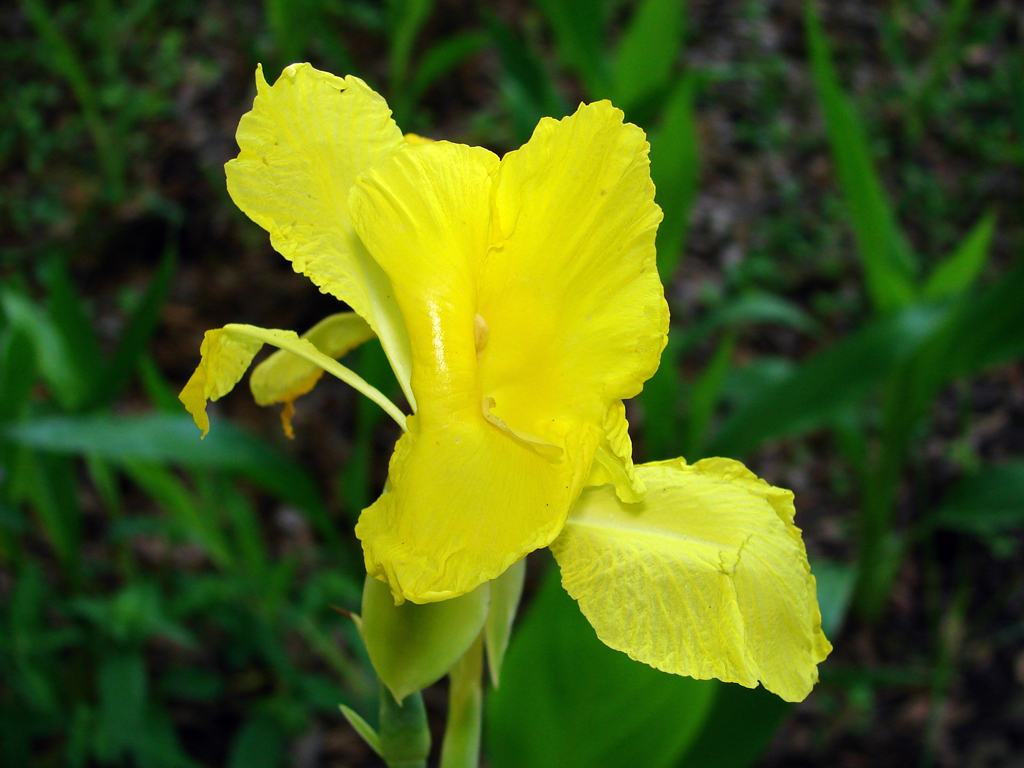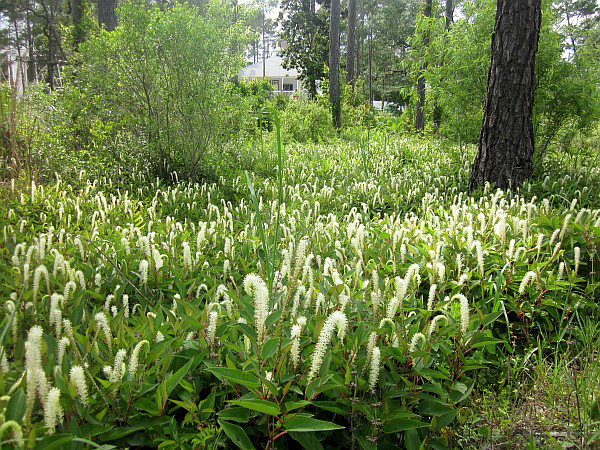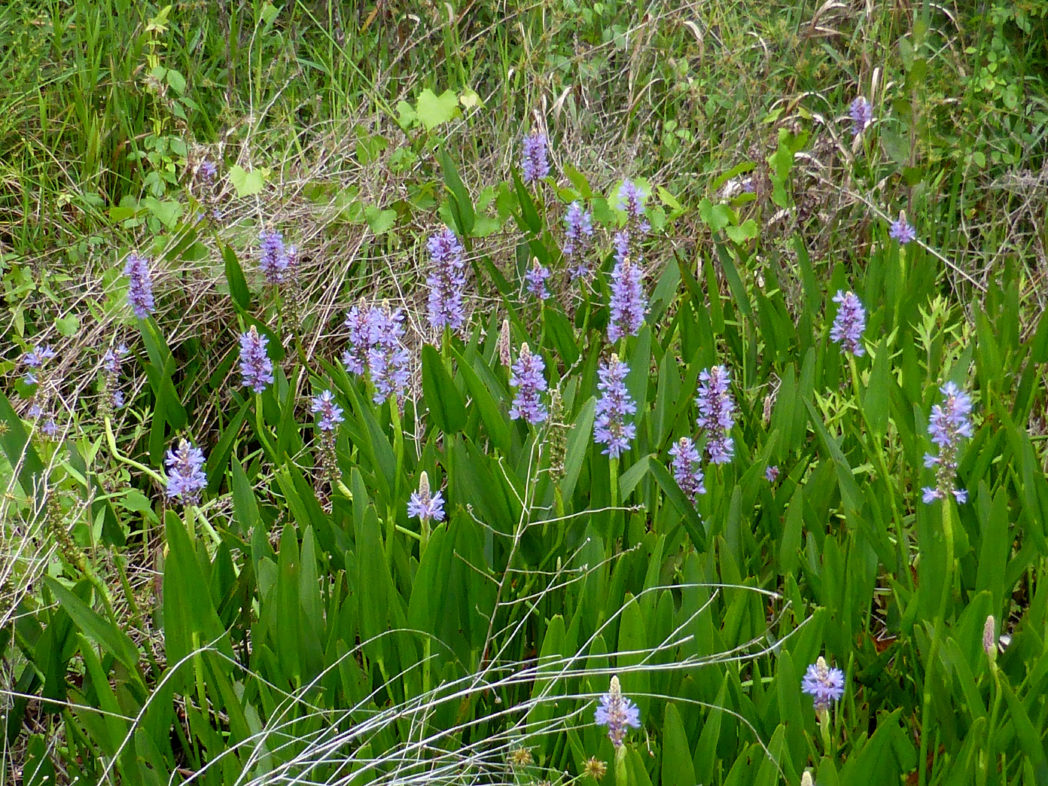Look for spring wildflowers early this year
By Jeff Norcini
Drought may develop over the next few months from North Central Florida to South Florida, according to the Climate Prediction Center, so the time is now for spring wildflower viewing. Look for the best native wildflower displays in wet areas and shallow water – just observe them from dry land, as venturing into wet areas can be risky. Soil may be so mucky that your feet sink into the muck, which can suck the boots or shoes from your feet when you try to move. And standing water often is deeper than it appears.
Many common spring wildflowers in wet areas or shallow water occur throughout the state:
- Bandanna-of-the-everglades (Canna flaccida)
- Bladderworts (Utricularia spp.)
- Butterweed (Packera glabella)
- Early whitetop fleabane (Erigeron vernus)
- Fewflower milkweed (Asclepias lanceolata)
- Goldenclub (Orontium aquaticum)
- Leavenworth’s tickseed (Coreopsis leavenworthii)
- Lizard’s tail (Saururus cernuus)
- Pickerelweed (Pontederia cordata)
- Savanna iris (Iris savannarum)
- Starrush whitetop (Rhynchospora colorata)
- String-lily (Crinum americanum)
- Swamp rose (Rosa palustris)
- Tall pinebarren milkwort (Polygala cymosa)
- Virginia saltmarsh mallow (Kosteletzkya pentacarpos)
- White waterlily (Nymphaea odorata)
- Yellow butterwort (Pinguicula lutea)


Where to look for these wildflowers?
Panhandle
- Apalachicola National Forest (State Road 65 in Liberty County)
North/North Central Florida
- Lower Suwannee National Wildlife Refuge (south entrance on County Road 347, Levy County)
- Paynes Prairie Preserve State Park (Alachua County)
Central Florida
- Little Big Econ State Forest (Seminole County)
- Merritt Island National Wildlife Refuge (S.R. 3, Brevard County)
- Orlando Wetlands (Orange County)
South Florida
- Everglades National Park (Main Park Road, S.R. 9336, Miami-Dade County)
- Big Cypress National Preserve, Turner River Road (Collier County)
- Fakahatchee Strand Preserve State Park, Janes Scenic Drive (Collier County)
- CREW Marsh Trails (Collier County)
Non-natives have their days in the sun
While there are many wildflowers that bloom in the spring, wildflowers in disturbed areas like roadsides, residential and commercial landscapes and pastures can be a mix of native and non-native species. The following spring wildflowers are showy and have some value to pollinators but are not native to Florida. The best non-natives for pollinators are:
- Drummond Phlox (Phlox drummondii)
- Many clovers and clover-like plants, including
Submit your photos!
It’s easy to submit photos of the native wildflowers you see for posting on the Foundation’s What’s in Bloom web page. Just email them to Photos@Flawildflowers.org. You can also post photos to the Florida Native Wildflowers Facebook group and Florida Wildflowers Flickr group. For all submissions, please include the plant’s scientific name (common name is OK) and its location. If you are uncertain about a wildflower’s nativity to Florida, consult the Atlas of Florida Plants before posting. If submitting a photo to the Foundation’s Facebook group and you can’t identify it using the Atlas of Florida Plants, inquire about nativity when posting. There are many other good botany resources noted in the Facebook group’s rules.
Thank you to Claudia Larsen, Nancy Bissett, Bob Farley and Roger Hammer for their suggestions.

